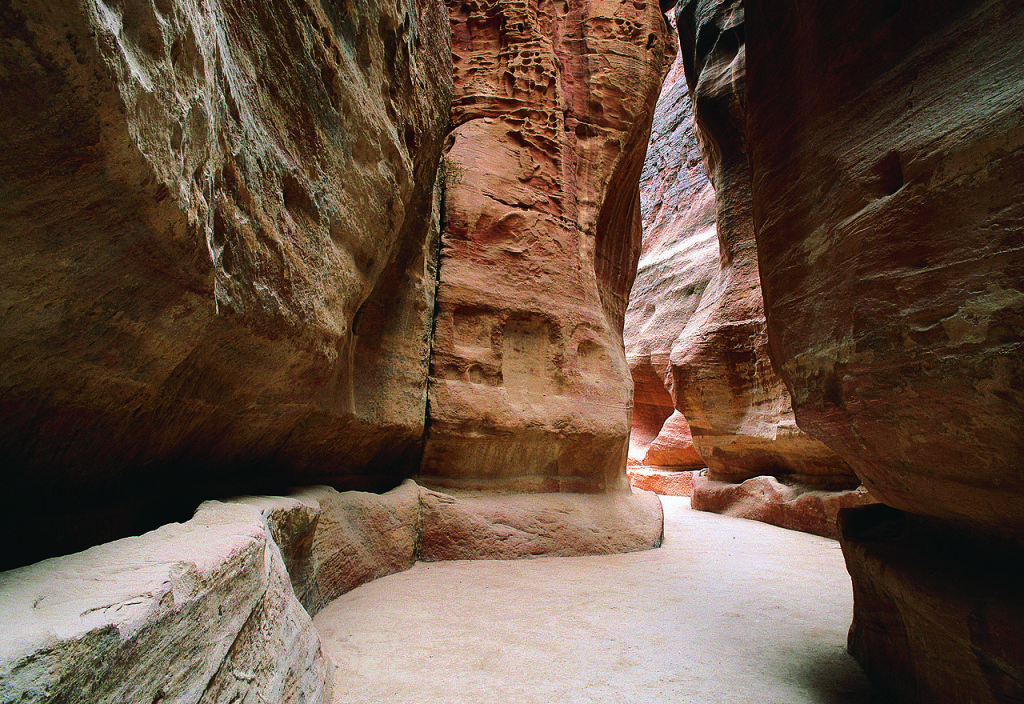When we left Anatolia, Antiochus was battling against the anti-Seleucid league centred on Nicomedes I of Bithynia and the city of Heraclea. This conflict would ultimately see one side recruit the help of a group of new arrivals- the Celts. However, as ancient Rome will discover in the fifth century CE, it’s extraordinarily difficult to control such recruited groups afterwards…
Sources for this episode: 1)Rawlinson, G. (1869) A manual of ancient history from the earliest times to the fall of the Western Empire, comprising the history of Chaldea, Assyria, Media, Babylonia, Lydia, Phoenicia, Syria, Judea, Egypt, Carthage, Persia, Greece, Macedonia, Rome, and Parthia. Oxford: Clarendon Press. 2) The Editors, Encyclopaedia Britannica (2019), Antiochus I Soter (online) [Accessed 19/03/2021]. 3) Diodorus Siculus, Library of History: Fragments of Book XXII (public domain, available on the LascusCurtis website) [Accessed 19/03/2021]. 4) Bevan, E. R. (1902), The House of Seleucus (Vol. I). London: Edward Arthur. 5) Author unknown, Wikipedia (date unknown), Sosthenes (online) [Accessed 19/03/2021]. 6) Author unknown, Wikipedia (date unknown), Ptolemy Epigonos (online) [Accessed 19/03/2021]. 7) Author unknown, Wikipedia (date unknown), Brennus (online) [Accessed 19/03/2021]. 8) The Editors, Encyclopaedia Britannica (2015), Brennus, Gallic leader (online) [Accessed 19/03/2021]. 9) Author unknown, Wikipedia (date unknown), Battle of Lysimachia (online) [Accessed 20/03/2021]. 10) Author unknown, Wikipedia (date unknown), Meleager (king) (online) [Accessed 27/03/2021].
